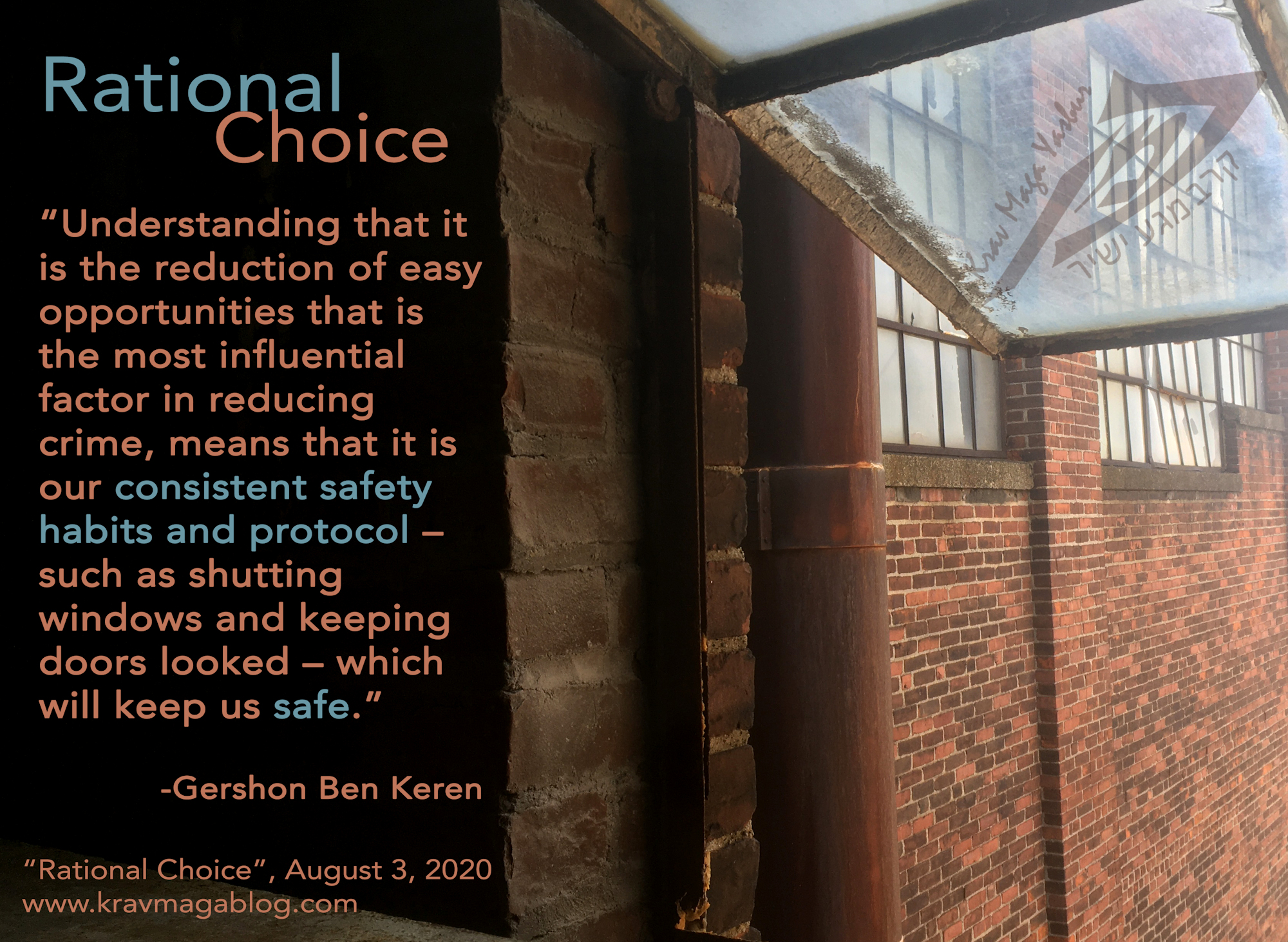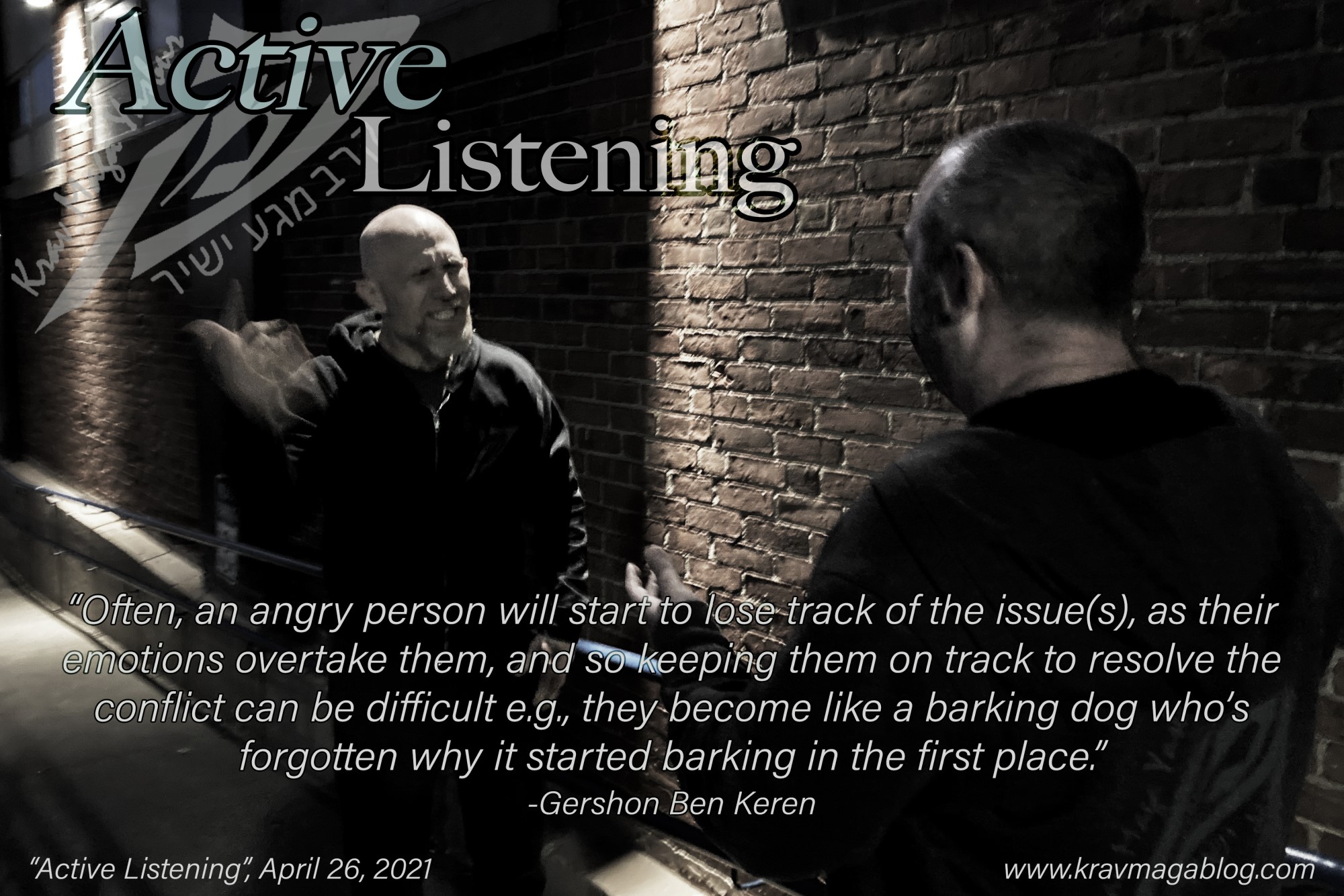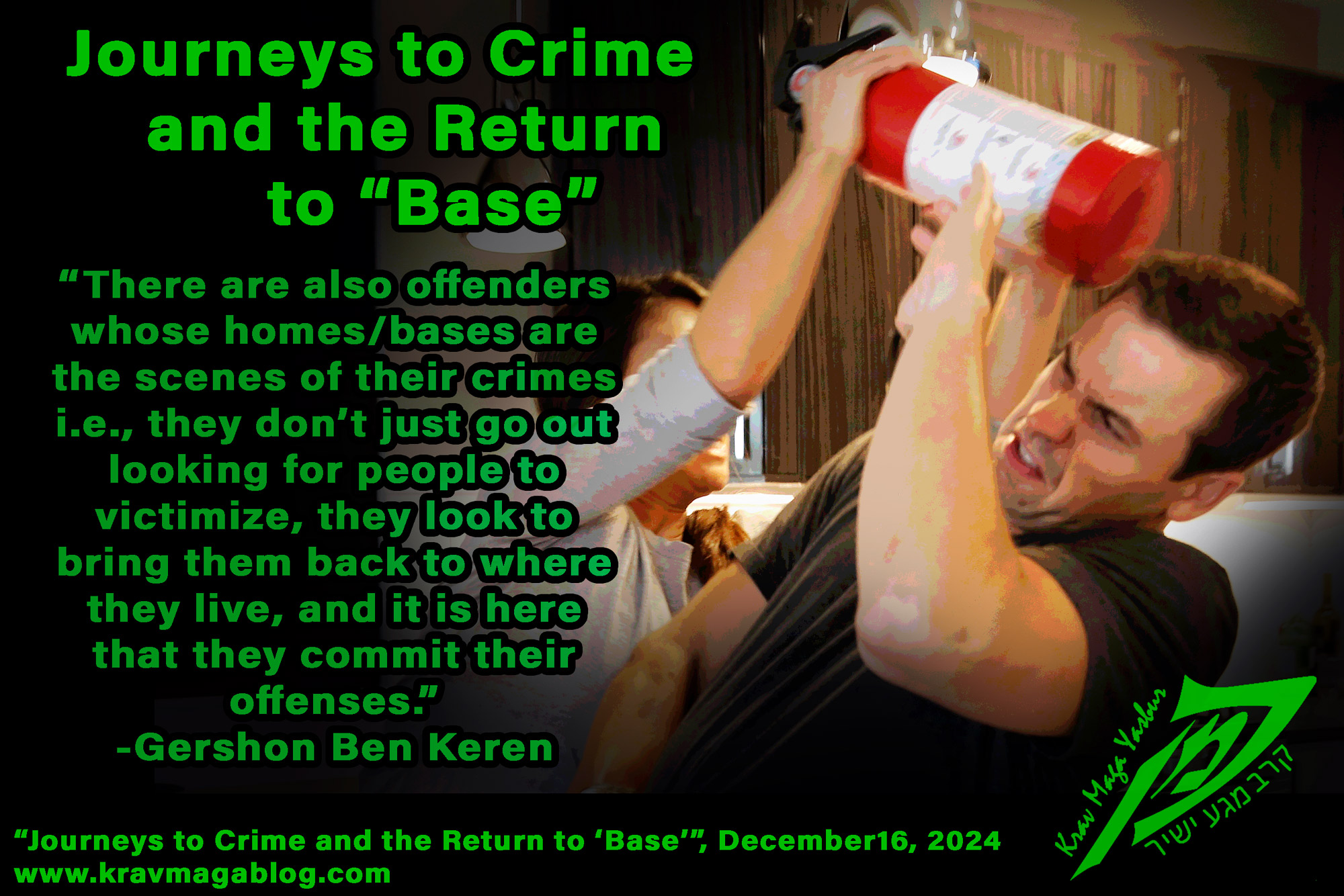Jack the Ripper & Geographic Profiling, is an article written by Gershon Ben Keren, a 5th Degree Black Belt in Krav Maga, who teaches Krav Maga in Boston, MA. He has also authored three Amazon best-Selling Books on Krav Maga.
Many people have a curiosity concerning serial killers. It’s one of the reasons that Hollywood and the media create movies, documentaries, and TV shows about them. Most people can make sense of a one-off killing, that is either accidental, or a reaction or crime of passion that happens in the moment. We can usually comprehend singular killings that are premeditated, such as someone killing their partner for insurance/monetary reasons etc. But serial killers seem to be more about the act of killing itself, rather gaining some type of “tangible” from it i.e., they must get some emotional enjoyment from killing others, to the point, where they are compelled to keep doing it. That is something that most of us have difficulty understanding. Our species – as a group - has a natural aversion to killing its own members; if it didn’t it would have a serious disadvantage in surviving. However, there are some who don’t have this natural “check” and/or experience events that nullify it and go on to kill multiple people. All of this is intriguing to many of us, as are unsolved cases, or cold cases, where the identity and motive of a killer remains unknown, because they were never apprehended, or if they were they were never linked to these crimes e.g., a serial killer, is arrested and convicted of a string of robberies and given a long sentence, but never linked to the homicides that suddenly stop without a killer being identified etc.
Jack the Ripper killed five people (there may have been more who weren’t associated with him, but these victims are known/referred to as the “canonical five”), in the late Summer through Winter of 1888, in the Whitechapel area of London. The killings were particularly brutal, with the attacker/killer, using excessive force with throats being cut and abdominal mutilations; acts which are believed to have been committed post-death – after strangulation. The killer was never caught. Whilst it is likely that Jack the Ripper was not the first serial killer, his killings came at a time when the Metropolitan Police force had been in operation for around fifty years (they were an established force that had gained experience of dealing with homicides), and when there was a thriving press industry that widely reported on the killings. This meant that there was quite a lot of documentation that has been preserved concerning these murders, making Jack the Ripper one of the “earliest” and best-documented serial killers, who was never identified. This has led to many books being written about him, movies and tv shows being made, along with many popular tourists walks in London, which sees guides take tourists to the murder scenes, and present information about the killings. In this article I don’t want to speculate on who Jack the Ripper could have been but rather look at some of the things we now understand about serial killers that can help us build a profile, to tell us more about how serial killers operate etc.
In any investigation of a murder, the site where the body is found has to be identified as being the same or different (a disposal site) to where the killing took place i.e., did the killer, kill in one location and move the body to another, or not. With the advent of the car and modern transportation systems this is always a distinct possibility, especially when dealing with a more astute offender who wants to slow down an investigation e.g., it is likely to take longer to identify who the victim is if they’re not a local missing person, and it may require geographically different law enforcement agencies to collaborate in order to make an identification etc. All of this slows down the investigation, and allow the killer more time to deal with possible forensic evidence, such a getting rid of clothing they were wearing at the time etc. In late 19th century London, there were “cabs”, which were horse-drawn carriages that were used for travelling longer distances, however most of these were for public hire, rather than privately owned. This would have meant that Jack the Ripper was likely to have killed his victims in the locations they were found, rather than having moved them unless he had an accomplice and access to a private carriage. This is an important detail, as it means that Jack the Ripper was likely a resident of Whitechapel. A serial killer’s first victim is an important one, as those that kill on foot – without transportation – usually kill within a very short distance of their home. As they become more experienced and more confident, they may start to kill in places that they are geographically less familiar with, but initially they will want to have all of the odds of success stacked in their favor. This means that they usually kill in the area where they live, where they know possible escape routes and can get back to the safety of their own home quickly. Committing their offenses locally also means that they are known in the area, and nobody questions their presence in it i.e., they fit in. All of this points to someone who lives in the area.
Another reason the killer may have lived locally was the times of day when the killings took place. All of those that happened in public spaces, such as streets and city squares, occurred in the early hours of the morning. The Whitechapel area was relatively well patrolled at night by Metropolitan Police Officers; one of the reasons for this is that there was a fair amount of civil unrest within that part of London, during the later 19th century. In fact, when the Ripper committed the murder of his first victim (the first of the “Canonical Five”), Mary Nichols, in Bucks Row, two officers’ patrol routes saw them potentially cross the murder scene almost every thirty minutes. Considering this was the killer’s first offense/murder it is likely that it had a certain degree of planning to it. Serial killers often learn from their experiences whilst at the same time becoming less careful due to over-confidence. When committing a first offense, it is likely to be planned with some “obvious” factors being taken into account; one being how do you avoid identification and apprehension by law enforcement. It is likely that the Ripper would have scoped out where he would commit his first offense, and part of that is likely to have involved him spending some time in the area trying to work out routes and times of patrols and trying to find the optimum time to commit an offense. His first victim, Mary Nichols, was an alcoholic sex-worker, who spent her nights in one of Whitechapel’s “doss houses”; places where you could rent a room for a few pence. On the night she was murdered she’d spent the money she normally reserved for renting her “regular” bed on booze and had been refused entry; there was a rule of no credit in these establishments. She then went out searching for a client in order to make the necessary money. This was not uncommon for a lot of women in the area. It is likely that only someone who knew that these things happened regularly along with the patrol routes and times of law enforcement officers, would have the knowledge to select the optimal location to commit such an offense, and be able to get to back to the safety of their home, without being identified, would be able to commit such a crime and this points to someone who lived locally.
Whilst I have a curiosity as to who Jack the Ripper was, along with the identity of “Bible John” an unidentified serial killer who murdered three young women in Glasgow between 1968 and 1969, I’m not someone who has a board on the wall of my bedroom, with photos and articles pinned up on it, and pieces of red string linking them together. At that point I believe things have rapidly escalated from “passing interest” to obsession. However, I do think re-visiting old/cold cases can be interesting and useful in helping us learn more about how current and future incidents may occur.
0 COMMENTS















